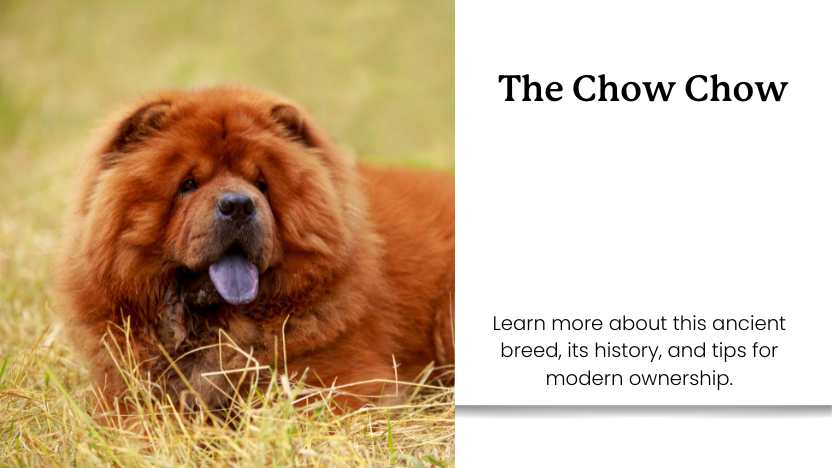The Bernese Mountain Dog was bred as a working dog in the mountainous regions of Switzerland, where they helped pull carts, herd livestock, and guard farmland. These striking tri-colored dogs are known for their strength, loyalty, and gentle nature.
Berners are beloved family companions, especially for those in colder climates. But like other large breeds, they are prone to certain health issues—especially hip and joint problems that can impact their mobility and quality of life. This guide explores the Bernese Mountain Dog’s history, temperament, health risks, and what it takes to raise one responsibly.
Let’s get started.
The History of Bernese Mountain Dogs
The Bernese Mountain Dog originated in the canton of Bern, Switzerland, and takes its name from the region—"Berner Sennenhund" translating to Bernese Alpine Herdsman's Dog. This breed is one of four Swiss mountain dogs, all developed to support alpine farmers with everyday labor: pulling dairy carts, driving cattle, and guarding farms nestled in the Emmental and Bernese Oberland regions.
Their lineage traces back to mastiff-type dogs brought by Roman legions nearly 2,000 years ago, likely during Caesar’s Gallic Wars (58–50 BCE). These Roman dogs interbred with local Swiss farm dogs, producing strong, cold-hardy working dogs well-suited to mountainous terrain.

By the mid-1800s, the Bernese Mountain Dog had become widespread in rural Bern, but industrialization and a shift away from traditional farming led to a sharp decline in their numbers. By the late 19th century, the breed was nearly extinct.
The breed’s revival is largely credited to Professor Albert Heim, a renowned Swiss geologist and canine enthusiast. In 1907, Heim helped found the Schweizerische Kynologische Gesellschaft (Swiss Kennel Club) and organized efforts to save the Bernese Mountain Dog by locating pure specimens and establishing a breed standard. Around this time, the breed began appearing in Swiss dog shows under the name Dürrbächler, named after the village of Dürrbach where they were frequently seen.
The name was officially changed to Berner Sennenhund in 1908 to reflect their regional and occupational roots. Their popularity gradually spread throughout Europe and, later, North America—especially after being imported to the U.S. in 1926. The American Kennel Club (AKC) officially recognized the breed in 1937.
Today, the Bernese Mountain Dog is celebrated not only for its striking tricolor coat, but also for its loyal, affectionate temperament, and remains a beloved family companion and gentle giant with deep working roots.
Berners in the Modern Day
Today, Bernese Mountain Dogs are popular in family homes, particularly in colder climates where their thick coats are comfortable year-round. They continue to compete in draft and carting competitions, and they’re commonly seen in therapy and service roles thanks to their calm disposition.
That said, their size, coat, and health vulnerabilities make them better suited for owners who are willing to stay on top of preventive care and provide a stable, active lifestyle.
Bernese Mountain Dog Temperament & Personality
Berners are affectionate, calm, and eager to please. They form deep attachments with their families and are typically gentle with children and other pets. Though large, they’re not overly energetic—most are happy with daily walks, some outdoor play, and lots of time lounging by your side.
They do have a working dog background, though, which means they benefit from mental stimulation and structured activity. Berners often thrive when given tasks, whether it’s pulling a cart, learning obedience commands, or playing scent games.
They can be shy around strangers if not properly socialized, so early exposure to different people and environments is important. With the right upbringing, they are deeply loyal, calm, and confident companions.
Common Health Issues in Bernese Mountain Dogs
Berners are unfortunately known for having shorter-than-average lifespans for their size—typically between 7 and 10 years. One of the most common and impactful issues is hip dysplasia.
As a large, rapidly growing breed, Berners are at high risk for developmental joint disorders like hip and elbow dysplasia. These conditions can lead to pain, reduced mobility, and early onset arthritis if not managed proactively.
Key strategies for joint health include:
- Controlling growth rate and weight during puppyhood
- Feeding a joint-supportive, anti-inflammatory diet
- Adding daily supplements like glucosamine, chondroitin, turmeric, and CBD oil
- Providing low-impact exercise like leash walks and swimming
In addition to joint issues, Berners are also genetically predisposed to certain cancers, including histiocytic sarcoma. While there’s no guaranteed prevention, early screening and an anti-inflammatory lifestyle may help reduce risks.

Is a Bernese Mountain Dog Right for You?
Bernese Mountain Dogs are gentle giants that bring warmth, beauty, and companionship to the homes they join. They’re ideal for families who want a calm, loving dog and have the time and resources to care for a large breed with unique health needs.
If you’re able to commit to joint care from a young age, keep up with grooming, and create a calm, structured home environment, the Berner will reward you with years of love and loyalty.
But if you’re looking for a low-maintenance dog or don’t have the space and resources to manage a large, heavy-coated breed, it’s worth exploring other options. As always, choosing the right dog starts with knowing what you can realistically provide—and what the dog truly needs to thrive.









